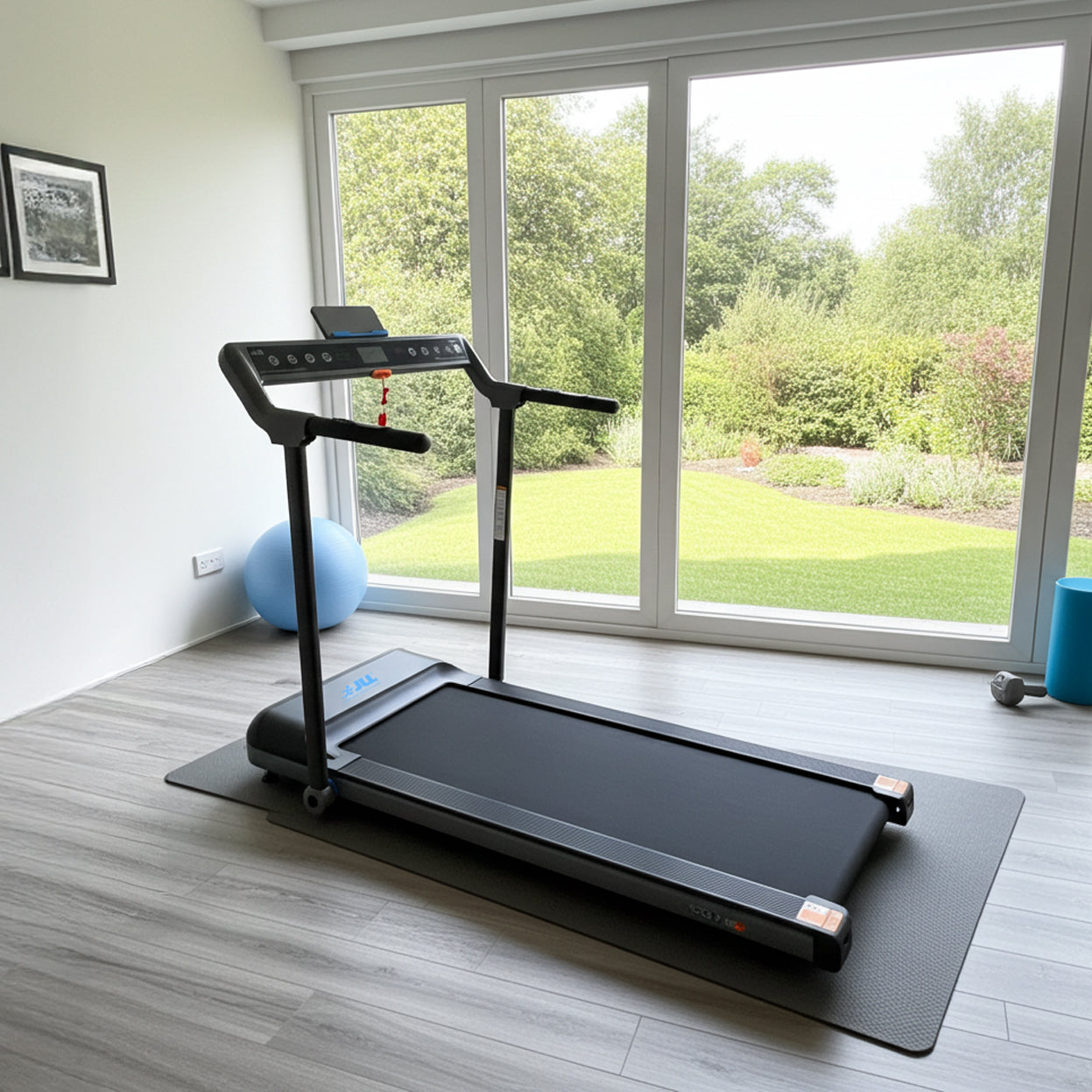JLL FAQ’s – How Often Should You Lift Weights? A Guide for Every Fitness Level
Whether you're aiming to build muscle, lose fat, boost metabolism, or simply feel stronger, strength training is key. But one of the most common questions people ask is: how often should you lift weights?
The answer depends on your goals, experience level, and lifestyle—but this guide will break it down clearly so you can find what works best for you.
Why Weight Lifting Frequency Matters
Lifting weights isn’t just about moving heavy objects. It’s a form of strategic stress on your muscles that causes them to grow, strengthen, and adapt—but only if you give them enough time to recover.
Too little training won’t give you results. Too much without rest could lead to burnout or injury. The sweet spot depends on who you are and what you want.
Beginner (0–6 months of training)
Recommended: 2–3 full-body sessions per week
Focus on major compound movements: squats, presses, rows, deadlifts
Use full-body workouts to hit all major muscle groups
Rest at least one day between sessions
💡 Why this works: Your body is learning movement patterns and adapting quickly, so less volume can still lead to big gains.
Intermediate (6 months–2 years of training)
Recommended: 3–4 sessions per week
You can split your routine: upper/lower body or push/pull/legs
Volume and intensity should gradually increase
Recovery becomes more important
💡 Tip: Start adding variety and periodization (changing sets, reps, and intensity over weeks).
Advanced (2+ years of consistent training)
Recommended: 4–6 sessions per week
Training can become more specialized: hypertrophy, strength cycles, or athletic performance
Split routines (e.g., chest/back, legs, arms) allow for higher frequency per muscle group
Deload weeks are important every 4–8 weeks
💡 Note: Advanced lifters may train more often but must be even more disciplined with recovery and nutrition.
What If You’re Training for Fat Loss?
If your goal is to lose fat, 3–5 sessions a week of weight training (combined with proper nutrition and cardio) is ideal.
Resistance training helps preserve muscle mass during a calorie deficit
It boosts metabolism and improves insulin sensitivity
Signs You're Lifting Too Often
- Constant soreness or joint pain
- Fatigue or lack of motivation
- Declining performance in workouts
- Sleep disturbances
⚠️ Listen to your body. More isn't always better.
| Goal | Experience Level | Recommended Frequency |
|---|---|---|
| General Fitness | Beginner | 2–3x/week |
| Muscle Growth | Intermediate | 3–4x/week |
| Strength/Performance | Advanced | 4–6x/week |
| Fat Loss | All Levels | 3–5x/week |
Consistency and progression matter more than perfection. Whether you’re lifting twice a week or six, staying regular with your training and getting adequate recovery will keep you moving toward your goals.











Leave a comment
All comments are moderated before being published.
This site is protected by hCaptcha and the hCaptcha Privacy Policy and Terms of Service apply.